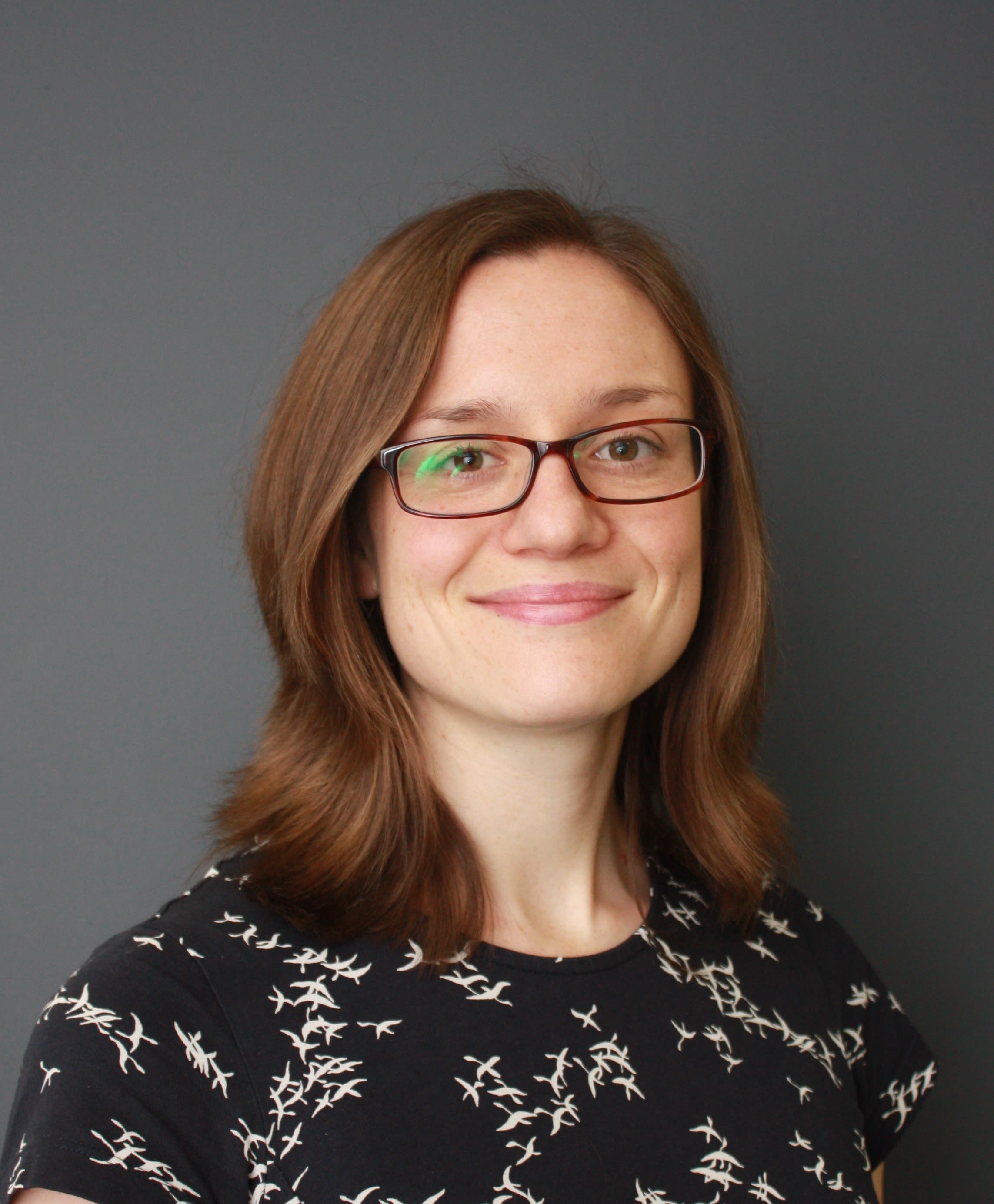Spice up your (health-related quality of) life

EQ-5D-5L. Valuation study. Health-related quality of life (HRQoL). You might have seen these terms on our website or in our manuals, but do they mean anything to you? NICEtimes caught up with Rosie Lovett, senior scientific adviser in the Science Policy and Research Programme, to simplify this complicated topic.
Questions, questions, questions
“Our Science Policy and Research Programme supports the whole organisation on anything to do with science policy,” explains Rosie. “At a basic level, we get involved when somebody has done some research and NICE needs to decide how to react to it. We also look at methods research. So, looking at how the organisation makes recommendations and making sure our methods are the best they can be.”

Rosie Lovett, senior scientific adviser in the Science Policy and Research Programme.
Rosie works across our science policy projects. “There are some interesting pieces of work at the moment,” she says. “For example, around our principles and around our policies on how we measure and value HRQoL.”
This feature focuses on the latter. The Science Policy and Research Programme is working on 3 strands of work linked to how we measure HRQoL. But why is it so important to NICE?
“Measuring HRQoL means asking patients about their day-to-day experience. Valuing HRQoL means getting the public’s opinion about how good or bad different health conditions are. If we get it wrong, it looks like we’re not reflecting the views of patients and the public. Or maybe even that we don’t care,” Rosie says.

Rosie Lovett, senior scientific adviser in the Science Policy and Research Programme.
Rosie Lovett, senior scientific adviser in the Science Policy and Research Programme.
EQ-5D underpins most economic models
One of the projects is focused on creating a UK valuation set for EQ-5D-5L, which is NICE’s standard measure of HRQoL. Economic models look at the costs and benefits of treatments. The benefits are partly about how long people live. But it’s also about quality of life. Getting the measure right is critical, because it underpins every economic model we use at NICE.
Rosie explains that, to be consistent, we try and use the same questionnaire across all our work. “For many years, we recommended the EQ-5D questionnaire with 3 possible response options (3L). We then recommended the EQ-5D-5L, which has 5 response options.
“Researchers can give the questionnaire to people taking part in a clinical trial, for example. They can give lots of detailed information about the pain they’re in, their ability to move or self-care. Lots of useful stuff.”
The hard part comes when you then try and put that information into an economic model. Ideally, one that reflects the public’s views about which aspects of health matter the most. To try and achieve this, we ask members of the public to look at different hypothetical health states described by the questionnaire. They tell us how good or bad they think they are. We then end up with a value set.
“The problem we have is with the new value set for EQ-5D-5L,” says Rosie. “It published in 2018. As a public body, we must make sure the models we use are quality assured. Unfortunately, external quality assurance found problems with the valuation data and how it was modelled.”
This means that the Science Policy and Research Programme is now focusing on supporting a new valuation study. It’s a big piece of work involving 1,000 members of the public. Rosie hopes the work will complete sometime in 2021.

Children aren’t mini adults
At the same time, the team is working towards a clearer policy on how to measure and value HRQoL in children and young people. “EQ-5D-5L isn’t designed for children,” states Rosie. “As an organisation, we’re clear on how to value HRQoL in adults. With children, we’re a lot vaguer.”

The team is working towards a clearer policy on how to measure and value HRQoL in children and young people.
Because children and young people are developing, measuring their HRQoL is difficult. There are several questionnaires out there, but the evidence base underpinning them is weaker than for adults. Rosie explains that it’s hard to choose one that’s performing best.
“You then have the challenge of valuation: who you ask to tell us whether particular health states are good or bad. Do you ask children and young people? Or do you ask adults to do it?”
It’s a difficult question to answer. Our patient and public involvement policy says that we should involve children and young people in developing advice and guidance aimed at them. But, when they’re asked to rate the different health states, children tend to give different answers to adults. So, which do we attach more importance to? The team’s thinking about how to tackle this complicated issue.
“We started off by bringing in academics to tell us about their specialist areas,” she says. “That gave us some ideas for changes we can make now, to clarify what NICE wants people to do when preparing evidence for our committees. It also helped us decide our research priorities. Researchers want their work to have impact. So, it works well for us and them to narrow down the questions we want answering.”
The next step is to work with the Public Involvement Programme to explore how the public, including children and young people, can help shape NICE’s policy.

The team is working towards a clearer policy on how to measure and value HRQoL in children and young people.
The team is working towards a clearer policy on how to measure and value HRQoL in children and young people.

Our third piece of work around HRQoL supports researchers at the University of Sheffield.
Our third piece of work around HRQoL supports researchers at the University of Sheffield.
Expanding our horizons
The third piece of work around HRQoL supports researchers at the University of Sheffield who are developing a new, broader measure called ‘extending the QALY (quality-adjusted life year)’. The new measure will be suitable across health, public health and social care, and for carers.

Our third piece of work around HRQoL supports researchers at the University of Sheffield.
“As I’ve already covered, our standard measure of quality of life at NICE is EQ-5D,” outlines Rosie. “That only covers 5 domains. So, mobility, self-care, usual activities, pain/discomfort and anxiety/depression. It performs well for a lot of health conditions and is widely used. But if you start to look at it from a social care perspective, it’s not so good.”
There’s support at a high level in government for more joint working across health and social care, as well as for interventions which cut across both. EQ-5D doesn’t reflect the things that matter to social care users. Things like autonomy, loneliness and having meaningful activities.
“It also doesn’t work well for carers,” says Rosie. “It doesn’t cover the fatigue or emotional strain that comes with caring for someone who’s very sick. That makes it hard to include carer impact in our economic models. We want to address these problems and create a much broader questionnaire that’s suitable for health, social care and carers.”
The great thing about this project is that the starting point is looking at the qualitative research from those groups and listening to what they’ve said. It isn’t top-down, where NICE or academics are telling people what gets measured. We’re listening to service users and what matters to them. Once the work finishes, we’ll test it to see whether it does capture what matters to those groups.
The team wants your knowledge
Rosie presented at a technical forum in December. You can find the presentation on the technical forum page of NICE Space. The team will be doing more as the work progresses, so keep an eye on Your Week@NICE for future events.
If you have a specialist interest in this work, Rosie would love to hear from you. In particular, if anyone at NICE has experience of measuring HRQoL in under 5s, please do get in touch.